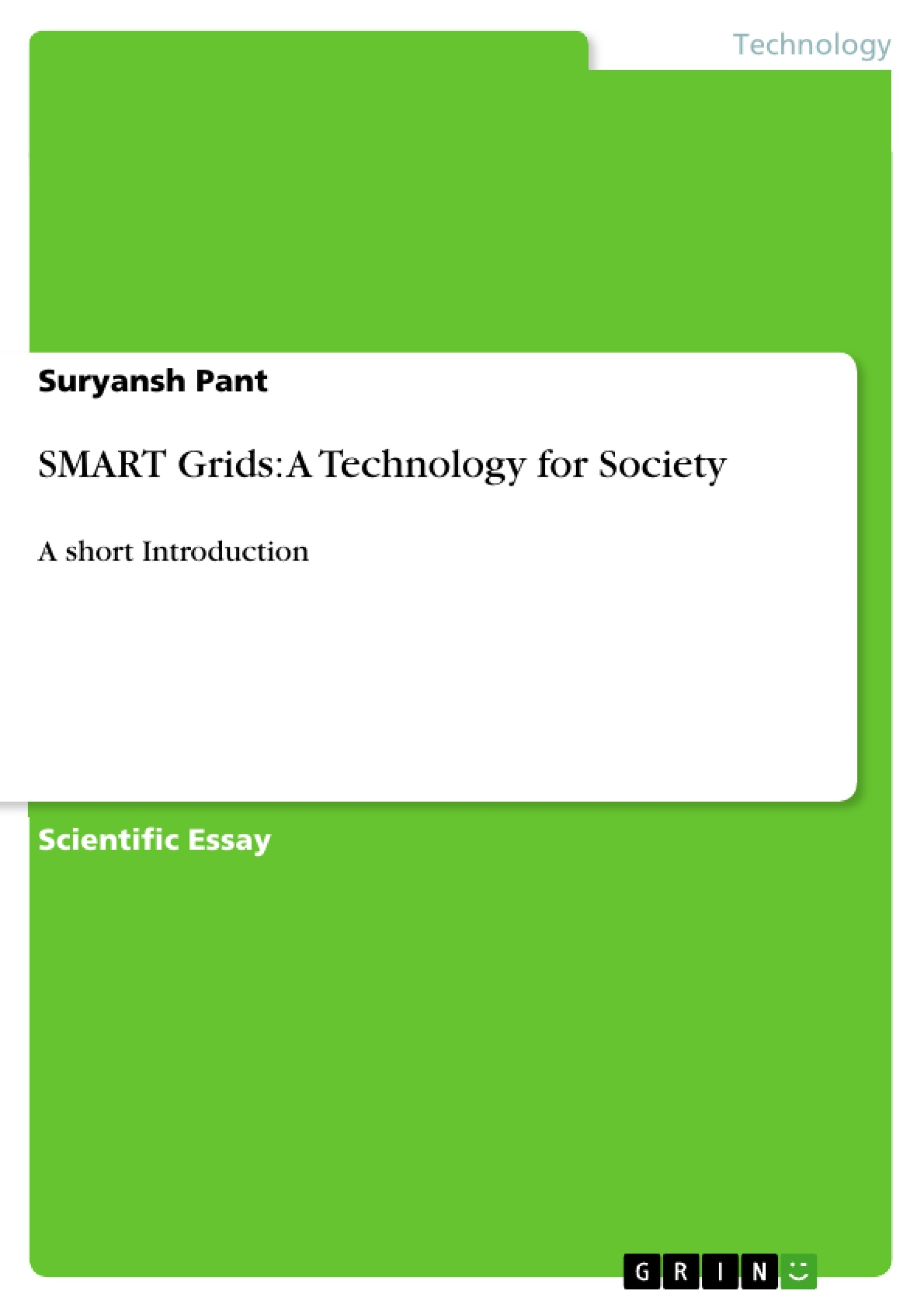The following paper presents the ‘Smart-Grid VDAR’ technology presented at CeBIT, Hannover. The idea and structure of the technology is subsequently introduced followed by a social analysis of the technology. Some of the relevant groups identified were: consumers, producers, environmentalists and the government. High installation costs and health concerns were addressed as the main problems concerned with the use of technology. Finally, the aim of European Union to adopt a smart grid within the next decade is highlighted which is an indication of an overall positive outlook towards the technology.
Inhaltsverzeichnis (Table of Contents)
- Introduction
- What are Smart-Grids in VDAR IT Project?
- What is the Social Construction of Smart-Grids?
Zielsetzung und Themenschwerpunkte (Objectives and Key Themes)
This paper aims to provide an overview of the "Smart-Grid VDAR" technology, analyzing its structure, social implications, and potential for the future.
- Smart Grids as a solution to energy market challenges
- Social construction of technology and its impact on smart grids
- The role of the European Union in promoting smart grid adoption
- Potential benefits and challenges of smart grids
- The VDAR IT Project as a specific implementation of smart grid technology
Zusammenfassung der Kapitel (Chapter Summaries)
- Introduction: This chapter presents the background of the deregulated energy market and the challenges it faces, leading to the development of smart grids.
- What are Smart-Grids in VDAR IT Project?: This chapter introduces the VDAR IT Project, a specific implementation of smart grids that aims to integrate physical and economic realities of the power market. It describes the structure of smart grids, including the physical grid, virtual grid, and economic market.
- What is the Social Construction of Smart-Grids?: This chapter analyzes the social implications of smart grid technology using the Social Construction of Technology (SCOT) theory. It explores the different groups involved in the power market and their potential influence on the development and adoption of smart grids.
Schlüsselwörter (Keywords)
The main keywords and focus topics of this text include smart grids, VDAR IT Project, energy market, social construction of technology (SCOT), European Union, consumer behavior, and energy efficiency.
- Quote paper
- Suryansh Pant (Author), 2014, SMART Grids: A Technology for Society, Munich, GRIN Verlag, https://www.grin.com/document/282436



